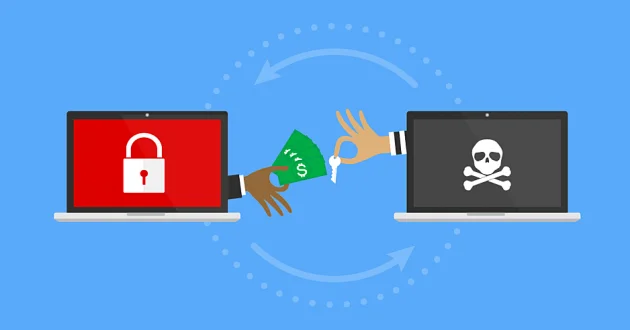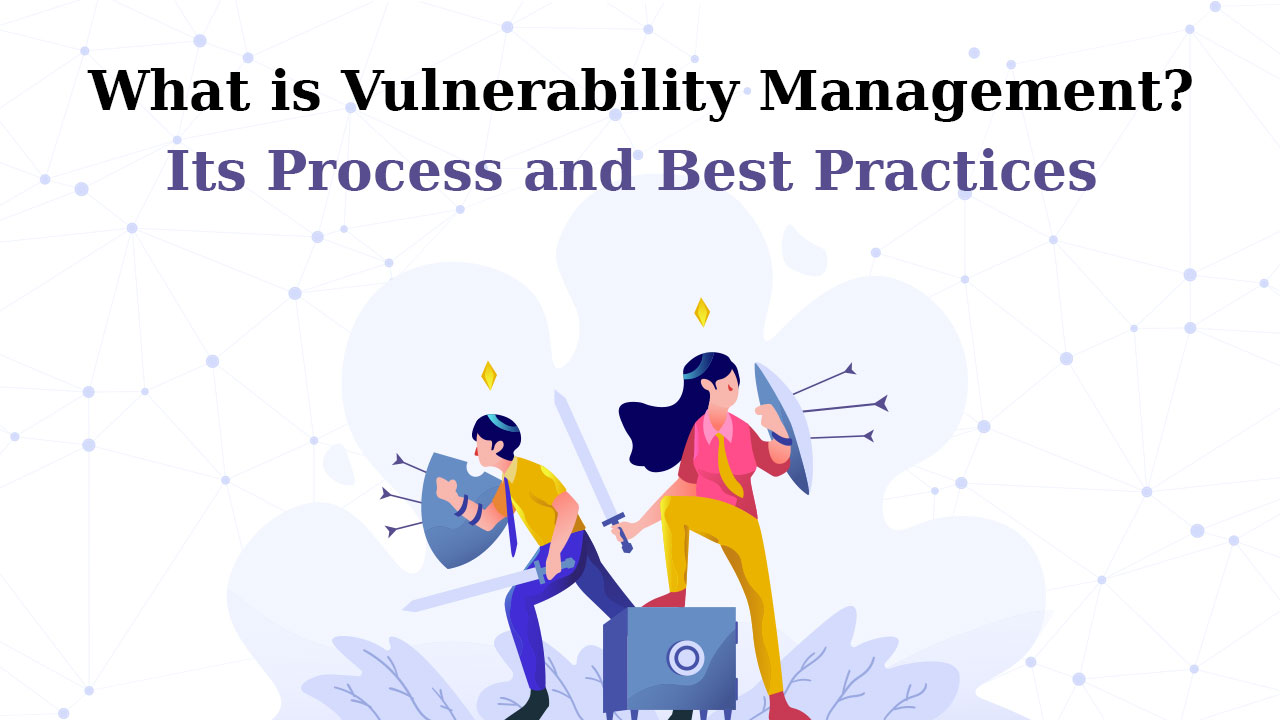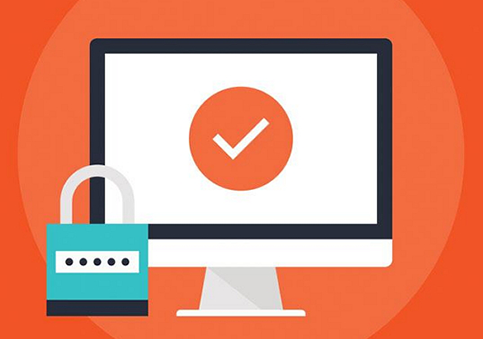What Does Ransomware Do?
Updated on October 11, 2022, by Xcitium

It might not have happened to you, but you probably have heard of a malware that takes over a computer and locks the original owner out. It goes beyond affecting a single computer data; ransomware does affect the entire computers in a network of computers, crippling activities until a ransom is paid.
What does ransomware do? Ransomware is what it is! You can liken it to societal kidnap activities—the criminals capture a victim and ask for a ransom. Ransomware is the cyber version of kidnapping—the target here is your sensitive data to have you pay the ransom.
When Was Ransomware Discovered First?
Though ransomware was not effective until 2005, the first attack started way back in 1989. Statistics say the first ransomware malware was created by Joseph Poop, an evolutionary biologist trained in Harvard University. At the time, it wasn’t called ransomware but AIDS Trojan and PC Cyborg. Popp spread over 20,000 diskettes to attendees in a conference organized by the World Health Organization in Stockholm.
Attendees were tricked into believing the diskettes contained information about AIDS, but the contents were malicious codes. The codes locked the victims’ file names and hid files directories, and a sum of $189 was requested from each victim to get their data back.
However, this attack was neutralized as tools became available to decrypt the file names. But this is not the case with recent ransomware attacks. Attackers have developed sophisticated codes that are extremely difficult to crack, leading to successful ransomware attacks.
Most victims have been made to pay huge sums (usually in Bitcoins) before recovering their data.
Why Do Ransomware Criminals Demand Bitcoin Payment?
Bitcoin is a decentralized digital currency. That means the money isn’t regulated by the government, banks or any third party. More so, the system doesn’t record users’ identities, which makes it difficult to trail the users.
How Does Ransomware Enter A Computer?
Cybercriminals have different methods of launching ransomware attacks. This includes;
Phishing
This method involves tricking computer users into opening a link containing malicious codes. This happens mostly through emails and social media content. The attackers send emails to their targets, with malicious links and clicking the link invites the malware to your device.
Unpatched Programs
Cybercriminals have often taken advantage of unpatched computer programs to carry out their attacks. You need to check for updates and ensure you keep your programs updated. Most developers release updates from time to time, patching all security vulnerabilities.
Free Software
You should be wary of free software, especially from untrusted websites. You can also call this cracked software. Most of them are loaded with malicious codes to monitor your activities and subsequently launch an attack.
Password Guessing
If you have weak passwords, it’s easy for cybercriminals to guess your password, which may lead to malware attack. The attacker may install several malicious codes into your system to cease your data, which is ransomware afterwards.
Weak passwords could be your name, date of birth, mobile number and the likes. Ensure you mix up things—alphanumeric and special characters. Also, avoid using the same password for many accounts.
Compromised Vendors
Some vendors’ computer programs are infected but unknown to them. Buying software from such vendors opens you up to ransomware and other malware attacks. But how can one spot a compromised vendor? This is not possible as some vendors may not even know what is going on. You need to deploy antiviruses and other security systems to protect your devices.
Can Ransomware Be Stopped?
Preventing ransomware attacks requires cybersecurity. However, attackers have devised more advanced ways to push their malware out. Computer users need to be more careful to avoid being victims. As you have read, a non-compromised computer can hardly be infected by malware. But there is still the case of compromised vendors selling infected software.
Cybersecurity can help you prevent any form of malware. You should:
- Get the best antiviruses/anti-malware.
- Update all your software recurrently.
- Avoid using public Wi-Fi.
- Log out of public computers after using them.
- Use advanced security systems.
Wrap Up
Now that you know what ransomware does to its victim, you want to ensure you don’t become one of its victims as the experience isn’t a pleasant one. No one really wants to be a victim, and at the same time, attackers are in desperate hunts for victims. You need to take cybersecurity seriously to ensure you don’t become a victim.
While you invest in traditional security systems, also consider advanced security systems to help you block advanced threats like ransomware.











